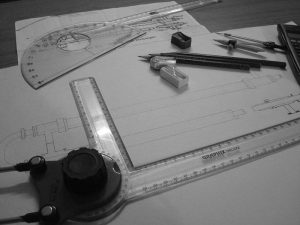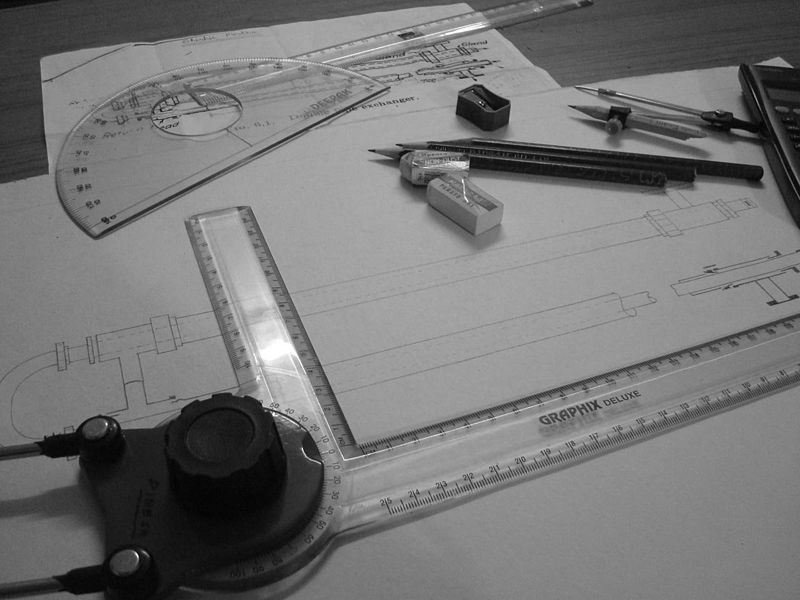Tips to Streamline Your Engineering Design Process

Engineers utilize a design process on a daily basis to turn conceptualized ideas into finite and functional components. There are plenty of prescriptive solutions to laying out the define, develop, design and test iterative engineering workflow. Given how radically one design may shift from the other, we find that prescriptive solutions don’t generally help us streamline the design process. Rather, subscriptive methodologies and ideas applied on an individualized basis are what are needed to improve the way we design.
Repetitive and Procedural
While engineering design is perhaps the most fulfilling aspect of life as an engineer, there are undoubtedly aspects of each process that find themselves repeating. One of the first steps to streamlining your design process is seeing where your work overlaps from job to job. In doing this, you accomplish a task two-fold. You recognize the tasks that are done on each job to better train yourself for what needs to get done. You also segmentize the tasks that are organic and free flowing – the tasks that vary from job to job. By engaging with repetitive tasks, your goal should be to examine them in detail and work out inefficiencies. Become the contract engineer for your own factory: your engineering design process. Develop a procedure that allows you to accomplish the menial with ease and reach the creative with plenty of time to spare.
Detail Constraints
Accomplishing the repetitive tasks in your design process, like organizing your files, setting up sheets, and importing documents is the first step. The next step is more organic, but it doesn’t come without constraints. We have to problem solve every day as engineers, but these problems do not come with their own constraints and requirements. One of the best ways to streamline the creative problem-solving process is to formulate a quick reference of constraints and requests. This allows you to quickly understand or reiterate your design goals. Doing so sets a boundary for your creative problem-solving process that keeps you from ending up with a perfect solution to a problem that just doesn’t work for this particular job.
Step Back and Design
The final tip for streamlining your workflow isn’t to just step back and design a part or component, it’s to step back and design your own engineering process. We engineer every day, but have we ever taken a step back to engineer how we work? After all, we design factories, machines, and systems; in essence, our own engineering design process is one and the same. Each and every one of us as engineers prescribes to a different methodology to design. Don’t reinvent what makes you tick as an engineer, simply maximize it and make it better. Designing faster and finding the better solution is only held back by the amount of effort you are willing to input into improving your design workflow.
So, step back, create procedures, detail your creativity, and hone in your design process.
Sources: Chron , PTC , Design Mind
Image Source: [1]
The post Tips to Streamline Your Engineering Design Process appeared first on Inventor Official Blog.
Industries


Sign Up to get our monthly news Letter
About Us
All Rights Reserved | Mitchell and Son Additive Manufacturing Ltd | Registered Company in England and Wales | Company Number : 12038697
| Public Liability Insurance no. 14615097
Insurer: AXA XL











